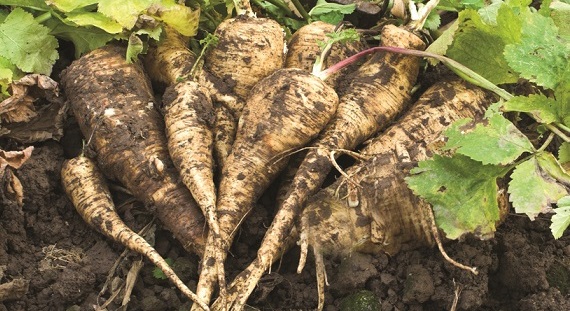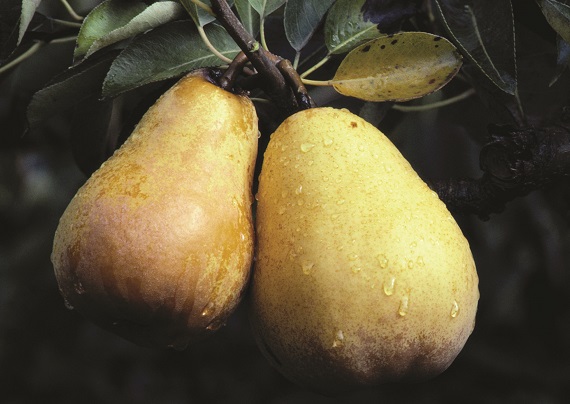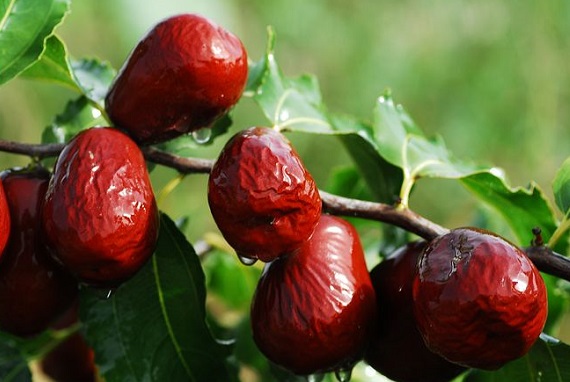Whether it`s fruit, vegetables, freshwater fish or seafood you fancy, eating what`s in season now can mean tasty, nutritious, sustainable and cost-effective choices.
This page will help you discover what to eat right now and what foods you can look forward to throughout the year.
November Seasonal Produce
Kale

A winter vegetable that when grown at home is ready to eat around October time, and if you wanted to grow your own plant them in spring and they are relatively simple to maintain throughout summer. Kale belongs to the cabbage family and it either has smooth leaves (kale) or crinkled leaves (curly kale). The vegetable is typically bought pre shredded meaning it is ready to be steam cooked or added straight to dishes like stews or pies. Kale can also be bought as a whole head and the leaves boiled whole.
One 80g serving of boiled kale is one of your 5 a day and is a good source of calcium, iron, folate and vitamin C, providing 71% of the Nutrient Reference Value (NRV) for vitamin C and 34% of the NRV for folate. These nutrients contribute towards healthy blood and blood clotting, bone health and a healthy immune system.
Leeks

Did you know that the leek is a member of the same family as garlic and onion?
Like kale, leeks are at their best in the winter months even though they can be grown all year round. The best of this vegetable are firm and white at the base with bright green leaves, the white base which makes up the majority of the plant is the edible part, equally the green leaves can be eaten but they tend to be tougher and are typically discarded. Smaller leeks can be more tender however and their leaves are most likely more enjoyable to eat. They are a very versatile vegetable, popular in pies and soups and are also delicious as a side dish, if you search "˜leek` above you`ll find it features in two of our soup recipes.
Fun fact: leeks are the Welsh national emblem along with dragons and daffodils.
Nutrition knowledge: 80g of leeks (one of your 5 a day) contains just 17kcal and if you microwave or steam them they will retain more vitamin C than if you boil them because some vitamin C is lost into the water.
Parsnips

A member of the carrot family, a fellow vegetable that parsnips are so often teamed with.
Parsnips are very much a winter vegetable that are most delicious when harvested between September and February. Sowing parsnips in spring will have them ready for autumn when they can be served up alongside a traditional Sunday roast where they ooze their sweet flavour or they are equally delicious in soups (think spiced parsnip or creamy carrot and parsnip flavours). Parsnips can also be mashed either on its own or incorporated into potato mash and could also be an interesting alternative to potato wedges.
Parsnips are a source of folate, containing 33mg per 80g cooked serving, and folate is important for the functioning of the immune system and blood formation. Fibre too, parsnips are a good source of this important nutrient that keeps our digestive systems healthy and mobile.
Pears

What is so great about these fruits is their versatility, they can be used in sweet and savoury dishes. Delicious in desserts pears are, adding a special something to a chocolate pudding, crumble or cake and are surprisingly satisfying poached in red wine and cinnamon. On the savoury side of things pears really complement cheese, ham and nuts in salads and their sweetness can help tone down sharpness in a dish, for example mustardy salad dressings.
There are hundreds of varieties of pears grown all across the world and here in the UK we consume a small selection of them with our climate producing pears at their finest over the autumn and winter months, although they are available all year round.
Pear tip: if peeling your pear, but saving it for later, brush the exposed flesh with lemon juice to stop it browning.
Nutrition knowledge: the average pear contains 50kcal, so little due to its high water content, and about 10% of the Reference Intake for fibre.
Dates

An intensely sweet fruit available either fresh or dried, grown in hot climates that provide a lot of sunlight such as the Middle East which is where a large amount of the world`s dates are grown. In Middle Eastern countries the climate remains fairly steady all year round therefore dates are available all year through but they are at their best from November to January. This is perfect timing here in the UK for their use in rich wintery desserts such as Sticky Toffee Pudding, although due to the long storage life of dried dates many opt for these as they keep for up to a year in the cupboard whereas fresh dates will last for a week in the fridge. Dried dates can be soaked in tea, coffee or alcohol for an extra intensity of flavour in their chosen dish and they can be bought with or without the stone in, whole or chopped and also in pressed blocks.
Dates are also an excellent alternative to sugar in baking, whilst dates naturally contain sugars they also provide us with micronutrients, something that sugar does not, we have developed some "˜No Added Sugar Date Cookies` where all of the sugar in the recipe is natural.
Date fact: they are high in potassium which is essential for the control of water balance into and out of cells.
EAT THE SEASONS
What's best to eat in October?
Nothing tastes better than eating in season. Find out what's at its best in October
 read more
read moreWhat's best to eat in December?
Nothing tastes better than eating in season. Find out what's at its best in December
 read more
read moreWhat's best to eat in January ?
Nothing tastes better than eating in season. Find out what's at its best in January
 read more
read more